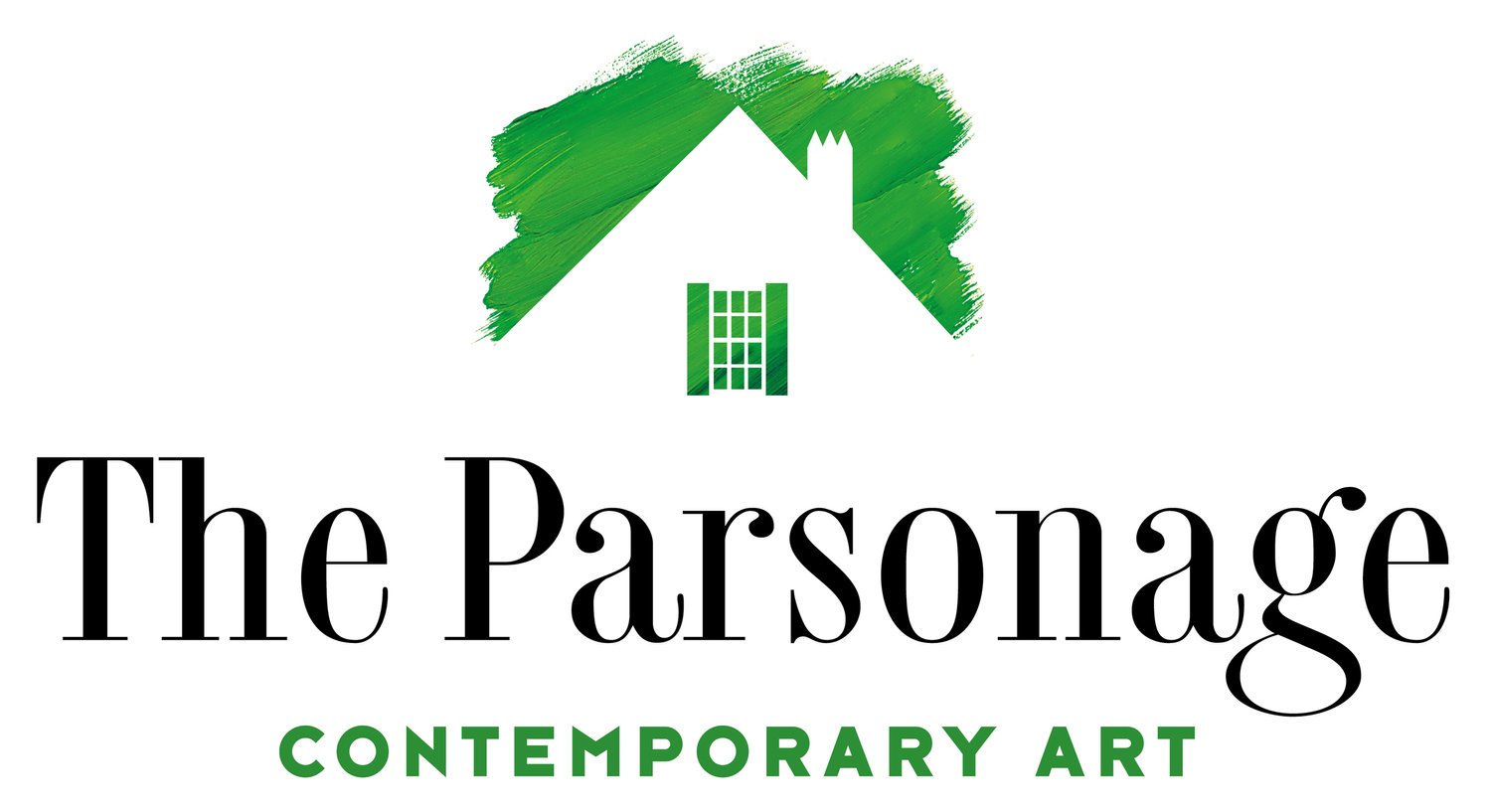The Hebrew Bible starts with the word bereshit, often translated “in the beginning.” Like so much else in the Bible, this single word opens the door to myriad interpretations. In fact, there’s even extended debate among rabbis about the very first letter of the first word. Why should it be the letter B (Bet)? Wouldn’t the first letter, A (Alef), be more appropriate? There are many answers, but I’m partial to two in particular, which set the stage for Robert Katz’s playful yet wise responses to the Hebrew Bible.
First, by beginning with Bet, the Bible suggests we can only know what lies in the created world in front of us, not the ineffable space before Creation, the Alef before the Bet. Katz’s sculptures are profound meditations on the stuff of creation, assembled out of objects with “the smell of the earth” still on them, as he puts it. Rabbi Benjamin Greenfield, one of the artist’s dialogue partners, notes that what might seem like unorthodox assemblages actually offer “an uncanny visualization of the very nature of Torah narrative” and the way it is pieced together.
The letter Bet also has a revealing shape. It seems to have a roof, a floor, and a wall, forming the image of a house, like a pictogram. Bet is also the first letter of the Hebrew word for house, bayit. Each of Katz’s assemblages tackles a different portion (parsha) of Torah, the Five Books of Moses. Fittingly, each interpretation is set within an old wooden box, suggesting that every story, provides a sort of home, or sanctuary. Indeed, Katz’s installation hints that this might be the true calling of an art gallery, to become a Beit Midrash, “a house of study.”
